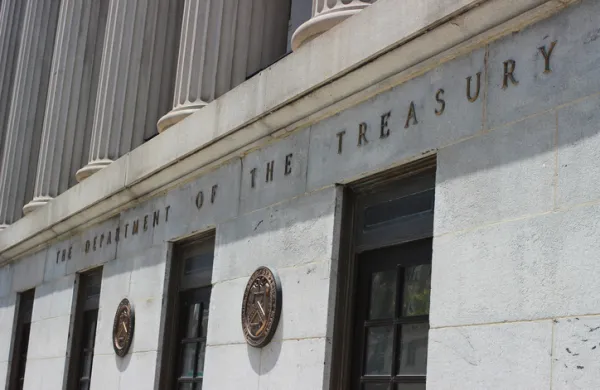Public companies are priced almost every second. Companies held by private equity and venture capital funds are valued four times a year. Does that mean private assets are truly less volatile than public ones?
Investors are now questioning the real volatility of private equity investments, which generally include a lot more borrowed money, or leverage, and tend to focus on smaller companies whose earnings are less stable than the larger businesses represented in indices like the Standard & Poor’s 500.
One of the oldest private equity firms, KKR, thinks it has some answers to the volatility question. In a paper released today by Henry McVey, the firm’s head of global macro and asset allocation, KKR agrees that more leverage and smaller portfolio companies should lead to more volatility. But McVey and his co-authors argue that private equity delivers more “alpha” — returns above what the market alone can provide — than beta. Public company returns are driven more by beta, or the overall market, and are therefore more tied to the market’s ups and downs.
Still, McVey and his team wrote that volatility in private markets “is likely understated.”
[II Deep Dive: Can Steve Schwarzman Be Replicated?]
In the white paper, which also covered the impact of negative interest rates and KKR’s views on the possibility of an impending recession, the KKR global macro and asset allocation team noted that a measure of volatility known as cross-sectional volatility provides a better picture of how much the price of private equity assets fluctuate as returns are “de-smoothed.” De-smoothing happens when quantitative analysts remove stale prices from the index, a process that is intended to make private equity returns — which are just quarterly value estimates of assets that don’t trade in the markets — better resemble public market returns.
According to KKR’s paper, global buyout funds recorded annualized volatility of 9.3 percent between 2000 and 2018. But using the cross-sectional measure of volatility puts volatility at a far higher, and perhaps truer, 16 percent.
Despite finding much higher levels of volatility than has been recorded, KKR stops short of endorsing a volatility measure that replicates the public markets.
“There are fundamental differences between listed and unlisted asset classes that sometimes a public market investor may overlook,” the report stated.
KKR argued that even public market prices aren’t always the most accurate when it comes to a company’s real worth. “We value — among other things — the upside optionality that private markets offer relative to traditional liquid markets as well as the ability to time exits and entrances,” McVey and his team wrote.
Whether volatility is accurately measured or not in private equity, investors are getting paid to hold assets that can’t be easily sold. “The illiquidity premium, particularly when tied to operational improvement, acts as an important volatility ’buffer,’ we believe,” the report concluded.







